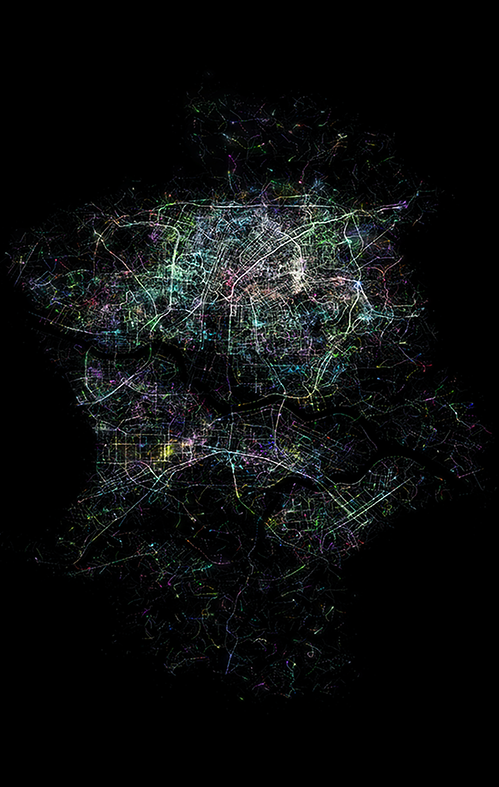
Heavy Duty Love
Lucy Mcrae
HEAVY DUTY LOVE
A cautionary narrative in an uncomfortable, complex debate on the scientific acceleration directing our evolutionary path —from gene-edited babies to CRISPR to AI — Heavy Duty Love is a mental health prop existent as a tactile mechanical structure, asking, “As we head toward a life designed from scratch, will we seek new types of intimacy?”. Realised as a speculative domestic device compensating for a lack of human touch in early life, Heavy Duty Love sandwiches the body between layers of soft, dampening materials normally used in contemporary camping or construction.

















